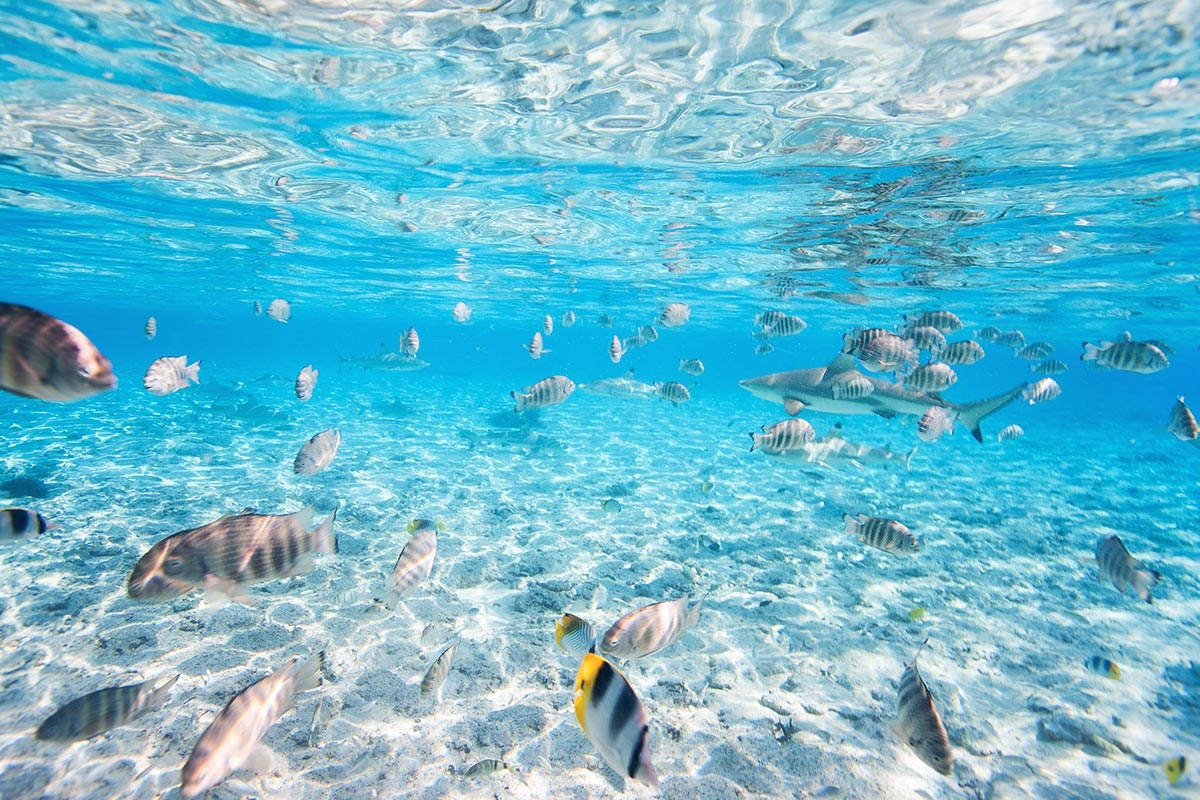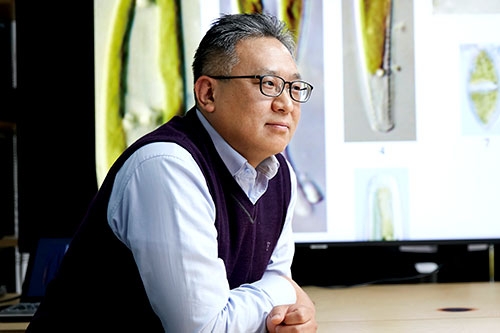- Research Field
- Polar Environmental
- Climate Change
- Atmospheric Particulate Matter
- Ecology & Biological Resources
- Severe Weather
- Crust-Mantle
- Earth & Environmental Data
- Geohazards
- Ocean Environmental Change
- Environmental Pollution
Ecology & Biological Resources
There are millions of species living on Earth. These living organisms and their physical environment, together as a complex, define an ecosystem. The word ‘eco’ derives from ‘house’, and ‘system’ delineates the interconnection among parts to integrate and work as one. When the ecosystem reaches its stable state, it supports organisms to grow and prosper. Organisms coexist by supporting one another in a stable environment; plants transfer their photosynthesized products (glucose) to animals, and microorganisms recycle the nutrients back into the system. During this process, carbon, nitrogen, phosphorous, and other nutrients rapidly undergo cycles via a food web. Thus, comprehending the ecosystem should come in advance to understand the nutrient cycle on Earth.
However, recent anthropogenic activities have caused climate change, eutrophication, and water pollution, which threatened ecosystem stability and disrupted nutrient cycling. Therefore, to protect people from environmental changes, it is crucial to study ecosystem responses and predict catastrophe to organize countermeasure. Not only does acknowledging current organisms’ responses to the environment, but also the past help forecast the future.
Our research team focuses on the essence of an ecosystem: microorganisms, unicellular, and multicellular organisms. Professors in biology and paleobiology conduct integrated research and education on both present and past ecosystems. The study involves obtaining food and beneficial materials from organisms, and as a result, our findings include raw materials of antibiotics, anticancer drugs, and antimicrobial agents from marine organisms. Moreover, our team finds natural resources of omega-3, antioxidation substances, antiobesity treatments, natural pigments and executes research to develop useful genes. These useful materials production is related to the competition between organisms and the environment response. Hence, studying both ecosystem and biological resources is considered future-oriented interdisciplinary research.
Our lab has raised research standards to a world-class by publishing papers in SCIENCE, PNAS, and other top journals and ranking in the top 5 in more than five keywords based on SCI paper publication. Furthermore, courses on basic/applied science teach students how to predict environmental outcomes, pursue coexistence between humans and the ecosystem, and manage red tide and other water pollutions based on the current and past phenomenon. It is believed that students educated with future-oriented interdisciplinary curriculum have a higher chance of recruitment in government ministries and numerous academy-research industry corporations.
Participating Professor
Professor
Professor
Professor
Professor
Associate Professor







